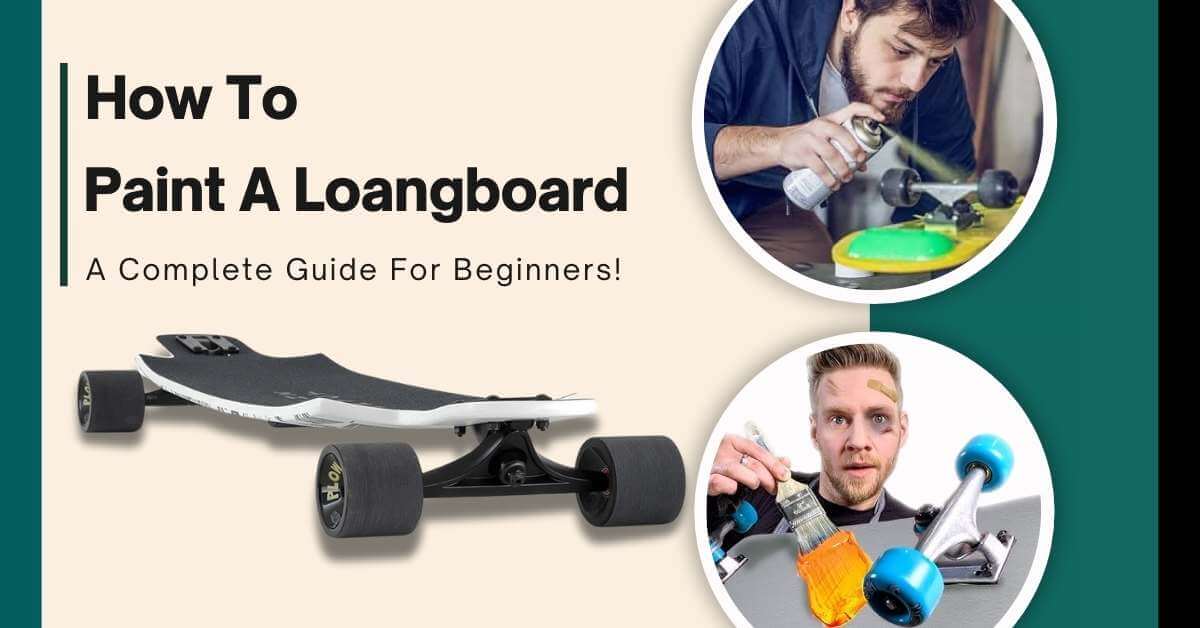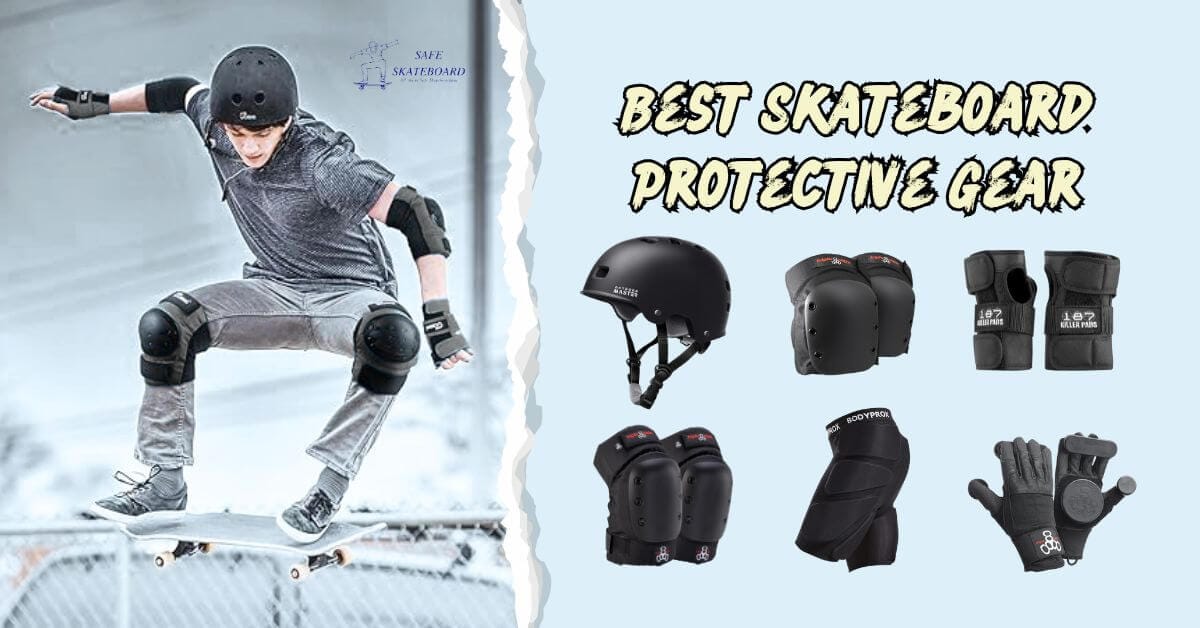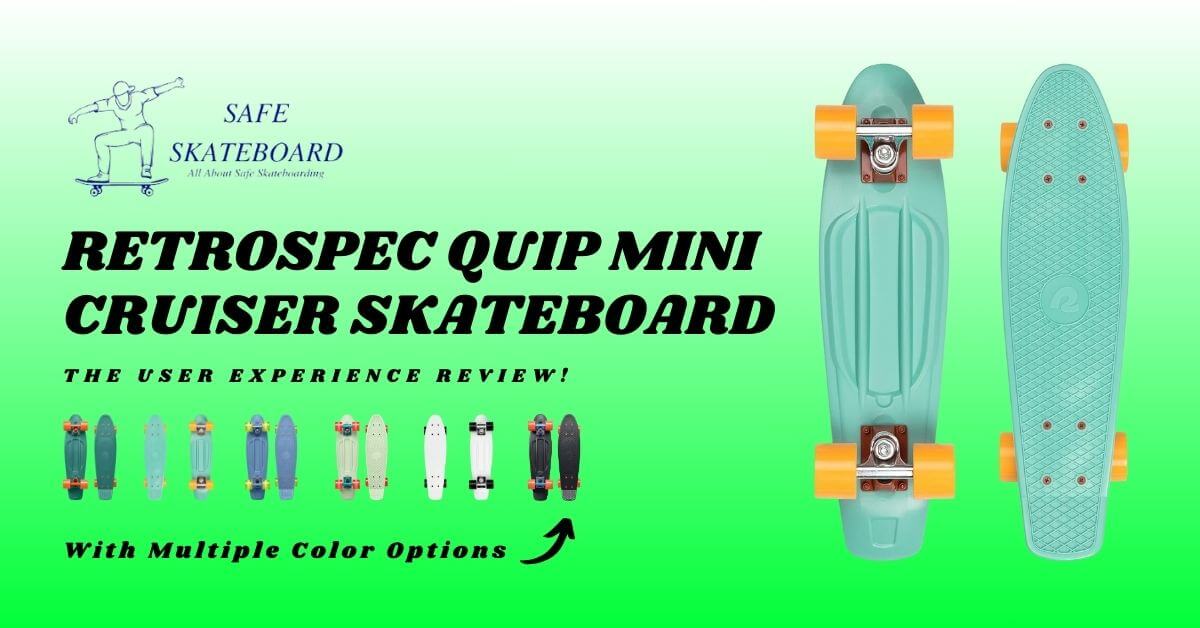To paint a longboard is more than just a creative task; it’s a great way to express your personality and make your board truly your own.
There’s something incredibly satisfying about turning a blank deck into a colorful, unique masterpiece.
I remember the excitement of painting my first longboard, choosing vibrant blues and yellows that reminded me of sunny beach days.
The process was fun, and the result was something I was proud to ride. As you embark on your painting journey, enjoy every step—it’s a chance to make your longboard a true reflection of your style!
So grab your longboard to paint yourself and let’s dive into the painting world.
Materials Needed For Paint a Longboard
Once you’ve decided to give your longboard a fresh look, it’s vital to gather all the right materials. Having everything ready will help streamline the process and ensure you don’t find yourself halfway through with a missing item.
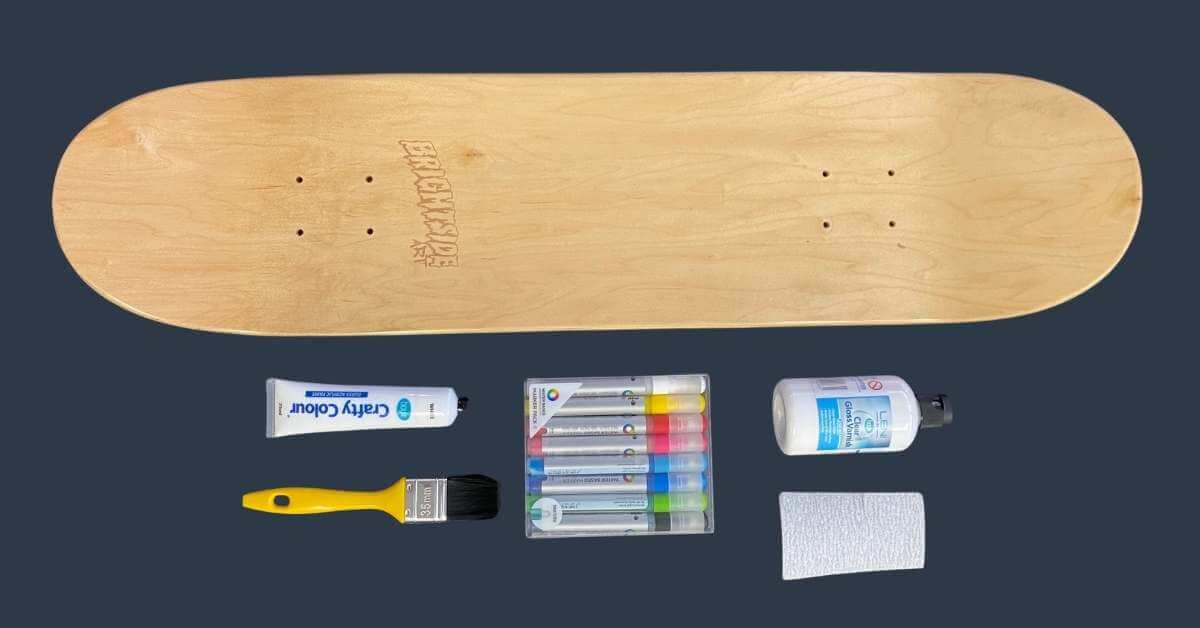
Essential Paint Supplies
Here’s a handy list of what you’ll need:
- Sandpaper: For smoothing the surface; usually between 120 to 220 grit works well.
- Primer: Essential for ensuring the paint adheres properly.
- Acrylic or spray paint: Choose your favorite colors for the base and designs.
- Paintbrushes and rollers: For details and touch-ups.
- Paint: Spray paint or brush paint
Protective Gear
Don’t forget about safety! Prepare the following:
- Masking tape: To shield off sections you don’t want painted.
- Gloves: To keep your hands clean and protected.
- Mask: This will save you from inhaling any fumes, especially if you’re using spray paint.
With these materials in hand, you’re all set for the fun part—getting creative with your design!
Design and Planning For Paint A Longboard
Now that your longboard is prepped and ready, it’s time to dive into the fun part—design and planning! This stage is where your personality really shines through.
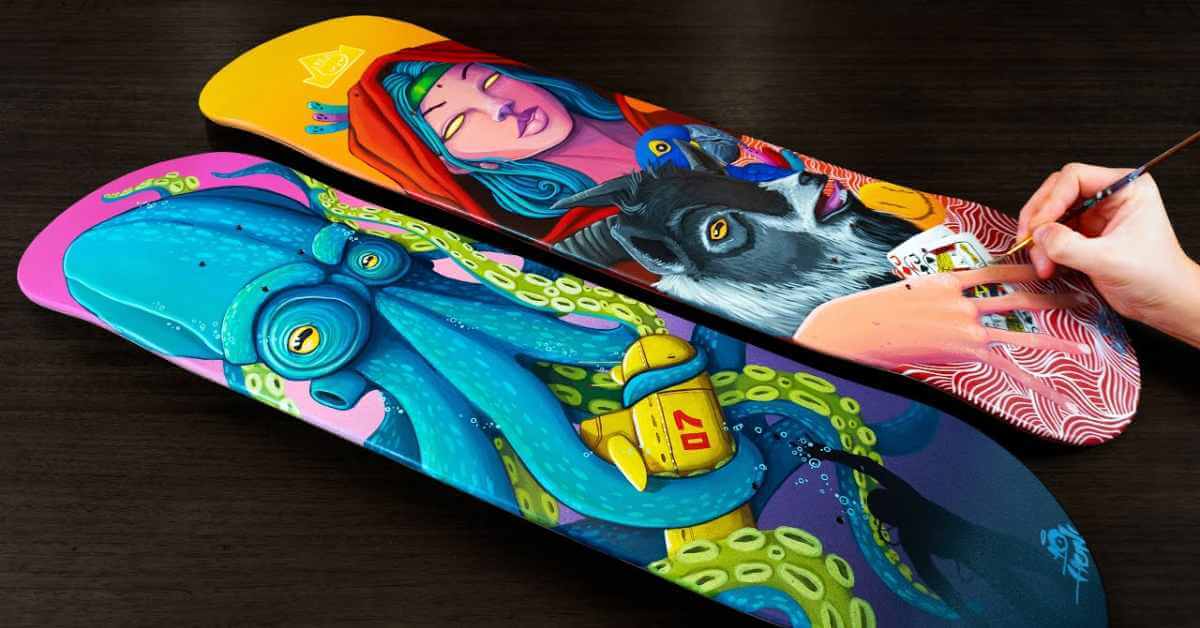
Envision Your Design
Before you grab your paintbrush or spray take a moment to visualize the final result. Here are a few tips to kickstart your creativity:
- Theme Selection: Think about themes that resonate with you. Do you love nature, urban scenes, or abstract art?
- Color Palette: Visualize a color scheme. Tools like color wheels can help you find harmonious combinations.
- Inspiration Sources: Consider looking at websites or social media platforms like Pinterest for ideas.
Clean and Sand For Paint A Longboard
Before painting your longboard, it’s essential to properly clean and sand the deck for the best results. Here’s how you can do it:
- Remove the Trucks and Wheels: Start by unscrewing the trucks and wheels from your longboard using a skate tool or wrench. Set them aside to focus on the deck.
- Clean the Deck: Brush off any dirt, dust, or debris with a soft cloth or brush. For stubborn grime, use a damp cloth and gently wipe the surface.
- Sand the Deck: Grab medium-grit sandpaper (120-150 grit) and lightly sand the surface of the deck to remove any rough patches or scratches. Then, use fine-grit sandpaper (220-320 grit) to give the deck a smooth finish.
- Wipe the Deck Clean: After sanding, wipe down the deck with a dry cloth to remove any dust. Make sure the surface is completely clean before applying any paint.
Now your longboard is perfectly prepped and ready for painting! With a smooth, clean surface, your paint will adhere better, resulting in a more vibrant and lasting finish.
Painting Techniques for Your Longboard
Painting your longboard is a fun way to give it a personal touch and make it uniquely yours. Let’s dive into how you can get the best results with each!
Brush Painting
If you’re looking for more precision, brush painting is where it’s at. I always turn to brushes when I want to add small details or intricate designs.
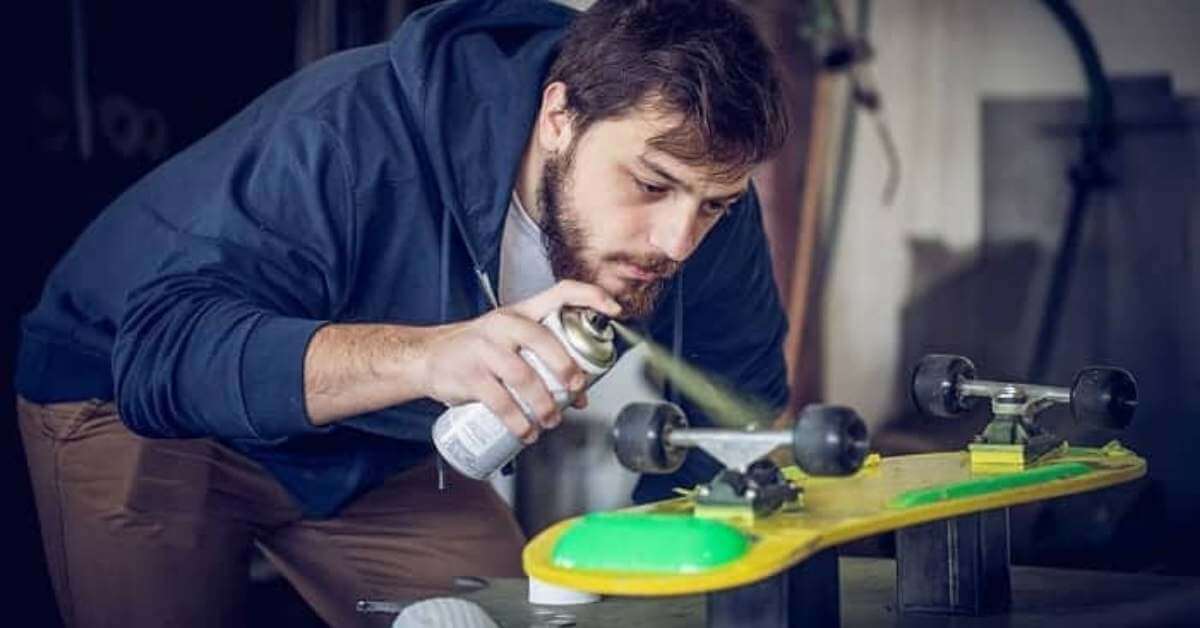
- Quality Brushes: Don’t skimp here—a good brush will make your design look way sharper.
- Custom Colors: Mixing your own shades is super easy with brush painting.
- Texture: Want to add texture? You can experiment with sponges or different tools to make your board truly one-of-a-kind.
Both spray and brush painting let you put your personal stamp on your longboard, so choose what suits your style best!
Spray Painting
Spray painting can be a total game-changer when you’re customizing your longboard. I still remember the excitement of picking up a spray can for the first time—it felt like I unlocked a whole new level of creativity! Spray paint gives you that smooth, even finish and makes it easy to cover large areas in no time.
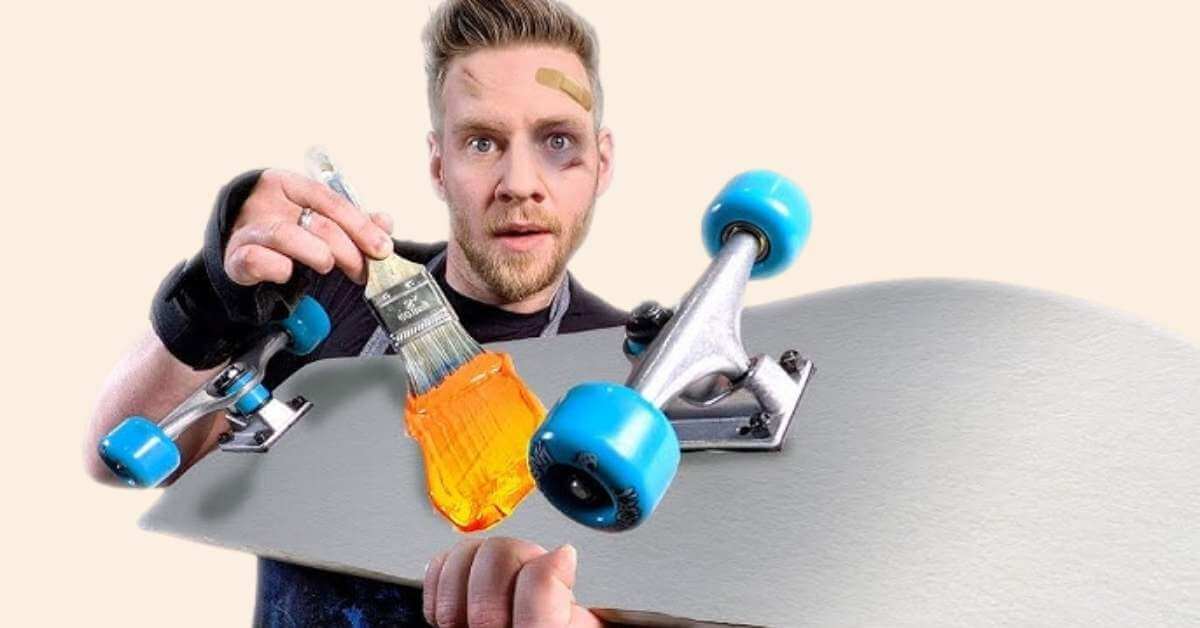
- Prep: Make sure you’re in a well-ventilated area, ideally outside.
- Technique: Hold the can about 12-18 inches from your board and use steady, even strokes.
- Layers: Go for several thin coats rather than one heavy layer to avoid those annoying drips.
Both spray and brush painting let you put your personal stamp on your longboard, so choose what suits your style best!
Letting It Dry After Paint A Longboard
Once you’ve applied your chosen paint to your longboard, the next crucial step is allowing it to dry properly. This phase is just as vital as the painting itself; rushing it can lead to smudges or uneven surfaces.
Why Drying Time Matters
When it comes to paint drying, patience is your best friend. Here’s why:
- Prevents Smudges: Allowing paint to dry fully before handling ensures you don’t ruin your hard work.
- Enhances Colors: Proper drying brings out the vibrancy of the colors you’ve chosen.
Drying Tips
- Choose a Good Spot: Find a well-ventilated area away from dust and debris. I remember drying my first longboard in my garage—it was a mess when I went to check on it!
- Check Durability: Depending on the type of paint, drying times can vary. Always refer to the paint can instructions, but as a general rule:
- Spray paint: 30 minutes to touch
- Brush paint: 1-2 hours to touch
Just remember, it’s worth the wait! Once fully dried, you’re on your way to showcasing your unique design on the streets.
Finishing Touches
It’s time to add the finishing touches that will truly make your design pop. This is where you’ll see your hard work come to fruition!
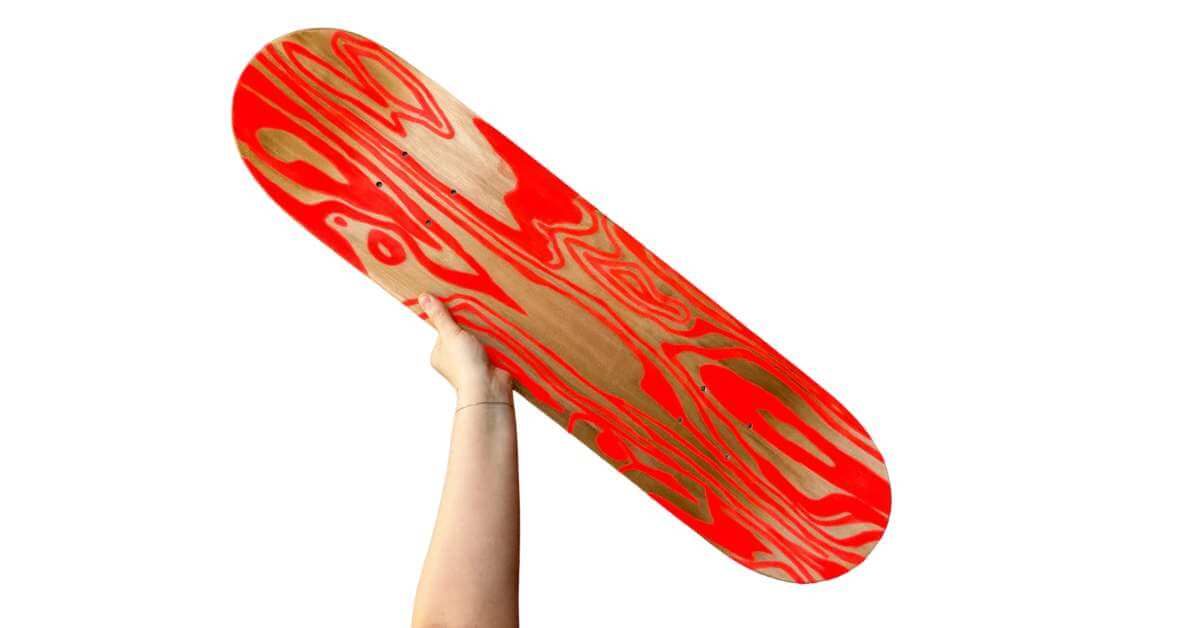
Sealing the Deal
To protect your artwork and ensure it lasts for the long haul, applying a clear coat is essential. Think of it as a shield against scratches and the elements. Here’s how to do it:
- Choose the Right Clear Coat: Look for a UV-resistant spray or brush-on sealant.
- Application: Make sure the painted surface is dry, and apply evenly to avoid drips. Two thin coats are better than one thick coat!
Adding Grip Tape
For both safety and style, consider adding grip tape over certain areas of your longboard.
Personal anecdote: I often choose a colorful grip tape that complements my design—it not only looks great but also enhances my grip while skating.
Taking these final steps will ensure your longboard not only stands out but also withstands the test of time.
Frequently Asked Questions (FAQ) How To Paint A Longboard
- Do I need to sand the longboard before painting?
Yes! Sanding helps create a smooth surface for the paint to adhere better. Use a medium-grit sandpaper to avoid any bumps.
- What type of paint should I use?
Look for acrylic paint or spray paint that’s made for wood or outdoor use. They’re durable and can withstand the elements.
- Should I use a primer?
Using a primer is a great idea! It enhances adhesion and helps achieve vibrant colors. Just make sure it’s compatible with your chosen paint.
- How do I design my longboard before painting?
You can sketch your design on paper first! You might want to use a stencil or painter’s tape for sharp lines on the board.
- How can I seal my artwork after painting?
Once your paint is fully dry, apply a clear varnish or sealant. This will protect your artwork from scratches and weather damage.
- How long does the paint take to dry?
Drying time varies, but generally, you should wait 1-2 hours for paint and at least 24 hours for a sealant to cure fully.
- Can I paint a longboard over mistakes?
Absolutely! If you make a mistake, just let it dry and then sand it down lightly. You can then paint it with your desired color.
Wrapping Up
As you wrap up your longboarding painting project, Paint a longboard is a rewarding way to personalize your ride and showcase your creativity.
By prepping the deck properly—cleaning, sanding, and choosing the right painting technique—you’ll achieve a long-lasting, professional-looking finish.
Whether you opt for spray paint to cover large areas quickly or use brushes for intricate details, the key is patience and layering to avoid drips or imperfections. Take your time, let each coat dry fully, and enjoy the process.
Once complete, your newly painted longboard will not only look fresh but also reflect your unique style!
